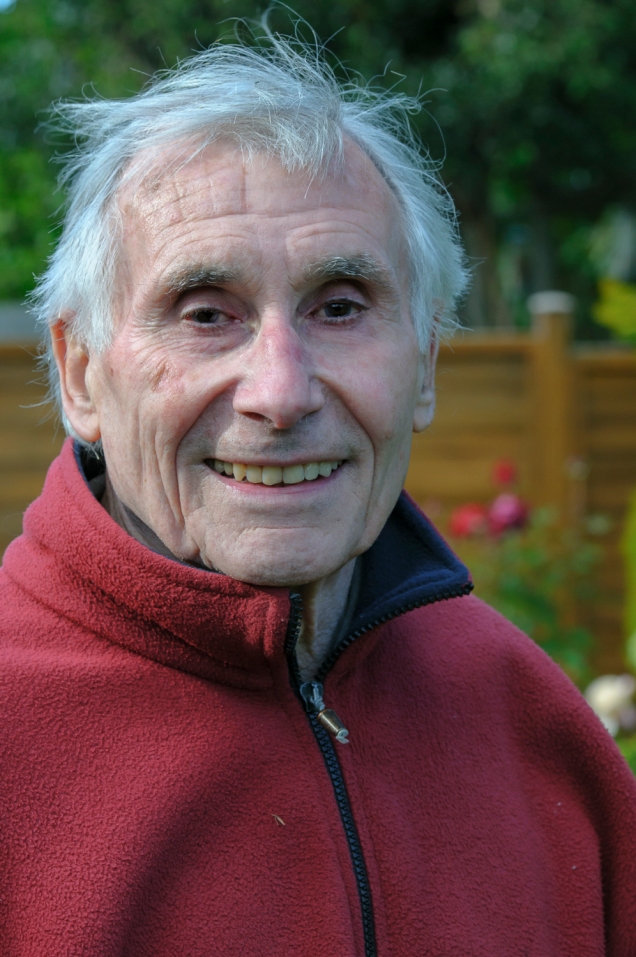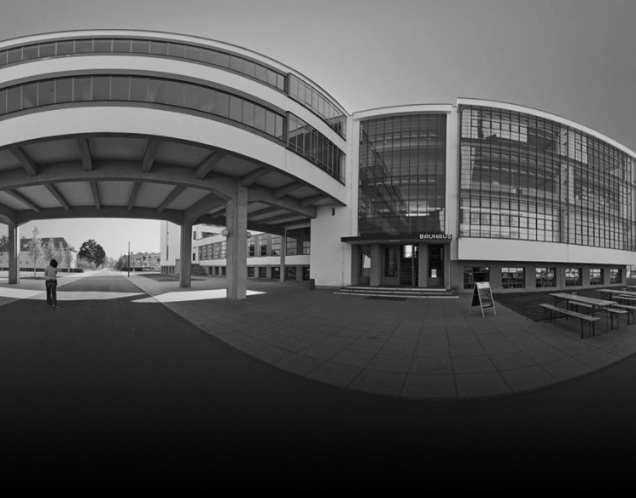Three’s A Crowd?
Brief
Create a series of between six and ten photographs from one of the following options, or a subject of your own choosing:
- Crowds
- Views
- Heads
Use the exercises from Part Two as a starting point to test out combinations of focal length, aperture and viewpoint for the set. Decide upon a single format, either vertical or horizontal. You should keep to the same combination throughout to lend coherence to the series.
Crowds make a great subject for photography, not least because they are so contemporary. A city rush hour is a good place to start but events also offer great opportunities to photograph the crowd rather than the event. The foreshortened perspective of the telephoto lens will compress a crowd, fitting more bodies into the frame, but it can also be used to pick out an individual person. A wide-angle lens can capture dynamic shots from within the action. I have chosen to concentrate on crowds.
What is a crowd and how is this linked to photography?
- A crowd is a gathering of people, large or small, in a certain place at a certain time. A photograph is an image taken at a certain place at a certain time.
- Crowds are not there forever, but they gather and disperse. Photos are there in their entirety, they do not disperse and do not gather. They are created in an instant (usually).
- Crowds can be read. Photographs can be read. They are both a sort of language.
- Crowds can be large or small. Photographs also come in different sizes.
- Both can show emotion, be violent, appreciative, sad, ecstatic etc.
- Both can be colourful.
- Crowds have a purpose. All photographs have a purpose too, at the time of taking, as this is why the photographer takes the shot.
- Crowds and photos tell a story.
- Both form opinion of the participant.
- Crowds are not conformed by shape; photography is made “in frame”.
- Crowds can be planned and controlled, as can photos.
- Both can be policed and subject to censorship.
- Crowds are managed, photographs are composed.
- Both involve people and are world-wide.
- People in a crowd can stand out from the crowd and so can images stand out too.
- It is my intention to bring this link together, showing some of the main characteristics of both. I have not just simply shot a large group of people. I have tried to tell the story of the crowd by using the different techniques learned.
The shoot was not planned. I headed off to Sheffield in search of a crowd as my home town is somewhat of a ghost town. I did not have a theme, just the words “crowds” to play with.
I have used a number of different techniques I have learned so far. This is also the first set of images that contain people. None of the images are captioned, with the exception of the basic Exif data, as I want the spectator to think about each image and what it means. They are also ambiguous.
Demonstration of technical and visual skills
I have used a selection of apertures ranging from f2.8 to f11. My place for the crowd was Sheffield train station and I tried to encompass the surroundings into the image where possible, giving the crowd context. All of the images were hand-held shots and shots and decisions were made in an instant.
Image 1 starts with how crowds gather at the station, as the crowd begin buying their tickets. The aperture used keeps the majority of the image sharp and the angle of the shot with the lines of the floor and ticket machines take you down the line.
Image 2 was designed to show the frustration people feel with waiting for trains. I have kept the background of the line and surrounding station in focus to place the crowd. I have also tried to concentrate on the faces of the passengers as they wait.
Image 3 uses diagonals to draw you through the image. The aperture keeps the main players in the image in clear focus as it does the train. Due to shooting in Aperture mode there is no direct control over shutter speed, so you have to compromise at times.
Image 4 shows the crowd in the background and also how people can stand out from the crowd. (literally). Due to the aperture used the main crowd in the background can be seen.
Image 5 would have the majority of players in focus if they were still. The train is pretty much in focus and so are the reflections. However, I wanted to create some idea of movement, yet keep the lady at the front of the image as the main player.
Image 6 has people beginning to exit the station. The light was just right to capture the lady in the top left third. With a large aperture I tried to make her stand out from the crowd and the relatively slow shutter speed has created some motion blur.
Image 7 is of the crowd dispersing. It shows also how some people do not belong to the “in crowd” and how people just ignore those less fortunate. I have tried to keep the majority of this image in focus but use the wall and the paving to lead the viewer to the man begging, with his cap in front of him. The behaviour of the 2 teenagers is completely contrasted to that of the beggar.
Quality of outcome
I am happy with how the story unfolds and I have tried to think outside of the box, by not simply photographing a crowd, but I have tried to apply some creativity to the brief. I could have used more images of crowds, but I did not feel this set needed further images.
Demonstration of creativity
I have shown what crowds are, how people stand out from the crowd and how some less fortunate do not belong to the “in crowd”. The images have been shot from different angles. Head height, on stair cases, from the floor and sat on a wall. I have stood back from the crowd and also been in the thick of things. I have continued with my theme of not being afraid to make a “political” point, by including the poor man begging in the last image.
Context
On reflection, I may have been better shooting a few more images, further showing “crowds” but I did not want to detract from my story. One aspect I would have liked to incorporate more into my story was the use of wider apertures (smaller f stops) having looked at and enjoyed Gianluca Cosci’s work, but I felt too worried about losing my background and placement. This use of small apertures may have helped create a bit more tension and mystery in some of the images. I could have been more varied in my use of lenses but I was shooting in the instant.




































